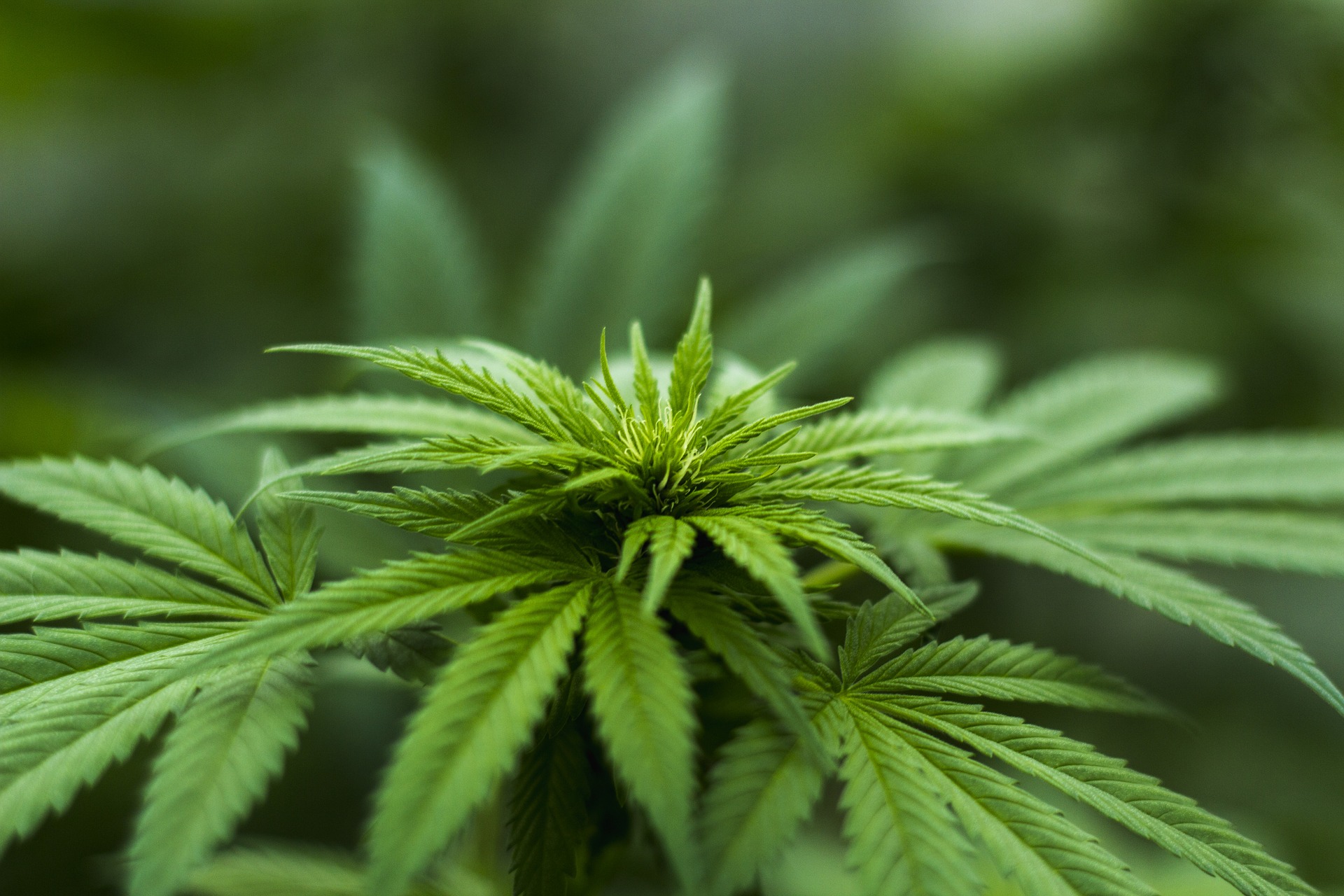
As more states legalize medical marijuana, hospice and palliative care providers are working to navigate the complex regulatory structure around a substance that remains illegal at the federal level. Even though a hospice is unlikely to prescribe medical cannabis, many patients have access to the drug from other sources. Providers are seeking more education and awareness on how to address their patients’ marijuana use.
More than 5.4 million state-legal patients use medical cannabis in the United States, according to data from the Medical Marijuana Policy Project. Nearly 87% of Americans support the use of medical marijuana as a treatment option for terminally ill patients, and 58% expressed “strong support,” according to a survey from MorseLife Health System Hospice and Palliative Care.
Federal legislators have pursued bills to legalize cannabis nationally, thus far to no avail. The House passed the Marijuana Opportunity Reinvestment and Expungement Act of 2020, or the MORE Act of 2020, at the close of 2020 in December, but it died in committee. Lawmakers re-introduced the bill in May, and a Senate version is in the works. President Biden opposes the measure.
Some in the medical field have considered whether it could be a potential replacement for opioids from some patients. Barriers to wider utilization include a lack of understanding of risks and benefits associated with the substance and limited research on potential drug interactions, according to Jennifer Moore Ballentine, executive director at The California State University Shelly Institute for Palliative Care.
“Because it’s been a controlled substance, there has not been the opportunity to study it and really try to establish what it is good for. There really isn’t anything in terms of hard evidence to hang onto, it’s mostly anecdotal research that it’s good for pain, appetite and sleep,” said Moore Ballentine.
Authors of a 2019 Journal of Palliative Medicine study posited that hospice clinicians would benefit from more education about how to address medical cannabis and better understand its efficacy and guidelines for use. A case study published in SAGE Open indicated that a female patient in Pennsylvania was weaned off of opioids (for which she had developed a dependence) through the use of medical marijuana. While those results were positive, this case involved a single patient and falls short of a large-scale study or clinical trial. The case study authors called for more research into the effects of medical cannabis.
Concerns about potential regulatory action from federal agencies are another barrier to medical cannabis utilization in hospice and palliative care, according to Moore Ballentine. The U.S. Centers for Medicare and Medicaid Services (CMS) has focused on curbing the amount of dollars spent on hospice as utilization climbs nationwide, stepping up enforcement in an effort to control costs. Medicare hospice expenditures rise by about $1 billion annually.
“There is a heavy load of oversight toward hospices on the part of CMS and other federal regulators for all kinds of reasons. If [cannabis use] were the reason, there really could be consequences for the hospice. There’s an element of fear and it also mostly just comes down to ignorance, because there is not yet a really robust body of clinical evidence as to how best to use or prescribe cannabis or its derivatives in hospice care.”
A rising number of states are legalizing and taking steps to regulate medical cannabis. A recent report indicated that 36 states and four territories allow use of medical cannabis products, according to the National Conference of State Legislatures.
State and federal policies will need to align to standardize the use of medical cannabis, with benefits for and against, according to Moore Ballentine.
“[Marijuana] is going to have to be legalized federally and there’s going to have to be standardization around the purity and dosing of the product, just like we have for everything else;” Moore Ballentine told Hospice News. “Some of the risks associated with all that are that it is then no longer the cheap and cheerful alternative to opioids. It’s yet another expensive, controlled and prescribed pharmaceutical, so there’s pluses and minuses.”